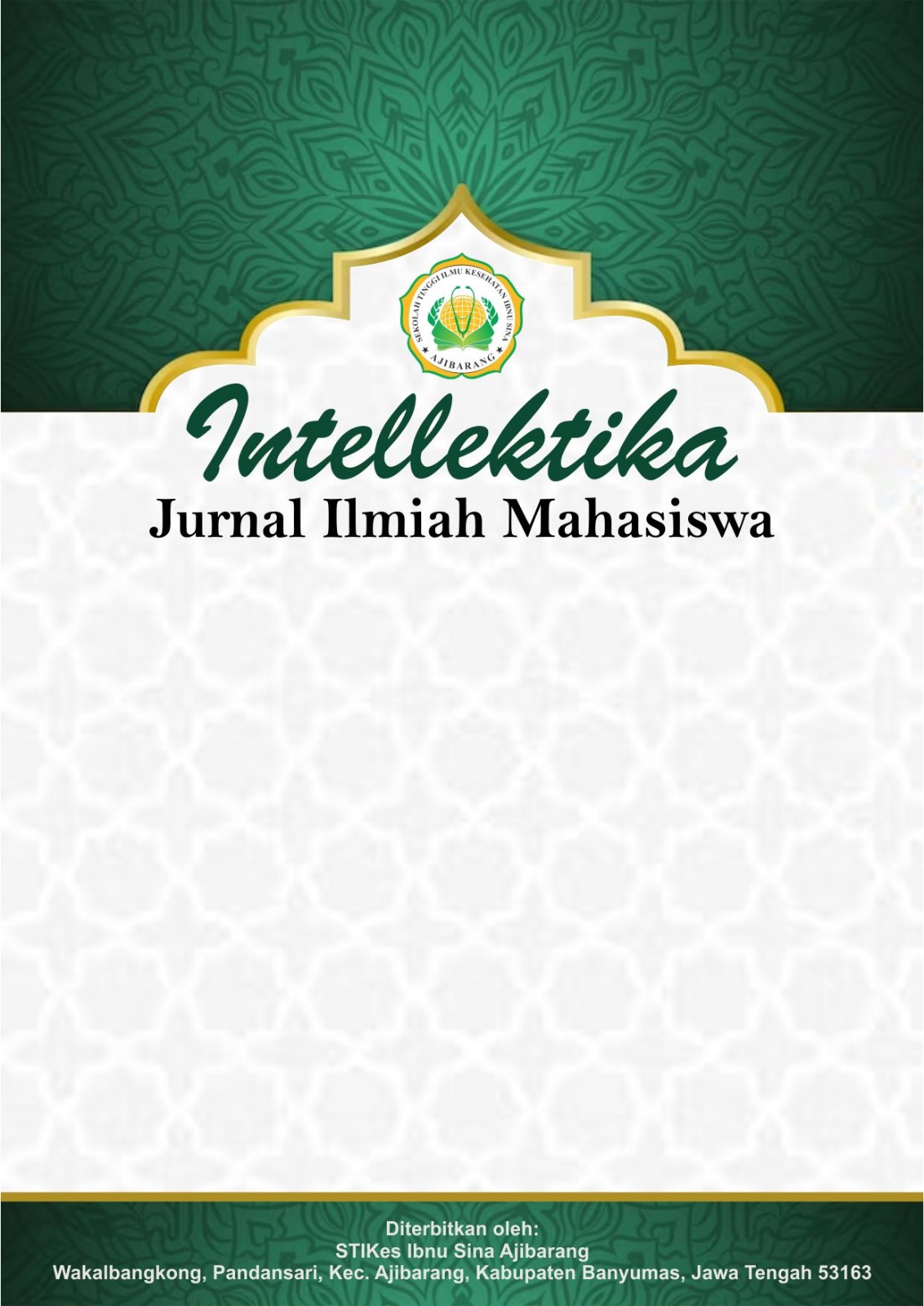Isolasi dan Identifikasi Bakteri Endofit Rimpang Temulawak (Curcuma Xanthorrhiza Roxb) sebagai Penghasil Senyawa Antifungi terhadap Candida Albicans
DOI:
https://doi.org/10.59841/intellektika.v3i4.3038Keywords:
Antifungal Activity, Bacillus, Candida Albicans, Curcuma Xanthorrhiza, Endophytic BacteriaAbstract
Opportunistic fungal infections caused by Candida albicans pose increasing global health challenges, especially in immunocompromised patients. Resistance to conventional antifungal agents such as azoles and echinocandins has driven the search for alternative natural sources of antifungal compounds. This study reviews the isolation and identification of endophytic bacteria from Curcuma xanthorrhiza rhizomes and their potential to produce antifungal metabolites against C. albicans. Literature from the past ten years was analyzed, focusing on bacterial endophytes isolated from temulawak, their identification methods, and antifungal activities. Dominant endophytes such as Bacillus subtilis, B. amyloliquefaciens, and Pseudomonas fluorescens demonstrated significant inhibition of C. albicans growth, with inhibition zones ranging from 10 to 25 mm and minimum inhibitory concentrations (MIC) between 62.5 and 250 µg/mL. Antifungal activity is attributed to bioactive secondary metabolites, particularly lipopeptides produced by Bacillus species. Molecular identification via 16S rRNA sequencing confirms bacterial taxonomy, supporting further biotechnological exploration. This review highlights the promising potential of temulawak endophytic bacteria as a natural source for new antifungal agents to address drug resistance issues.
References
Adila, R., Nurmiati, & Agustien, A. (2012). Uji antimikroba Curcuma spp. terhadap pertumbuhan Candida albicans, Staphylococcus aureus dan Escherichia coli. Jurnal Biologi Universitas Andalas. http://jbioua.fmipa.unand.ac.id
Alvi, M., & Safitri, W. (n.d.). Isolasi dan identifikasi bakteri endofit rimpang temulawak (Curcuma xanthorrhiza Roxb.) sebagai penghasil senyawa antifungi terhadap Candida albicans. El Hayah: Jurnal Biologi. http://ejournal.uin-malang.ac.id
Amaliya, D. T., & Putri, R. I. (2021). Isolasi dan karakterisasi bakteri endofit dari rimpang temulawak (Curcuma xanthorrhiza Roxb.) sebagai penghasil senyawa antimikroba. Jurnal Bioteknologi Indonesia, 18(2), 85–92. https://jurnalbiotekindonesia.com/article/view/85
Dewi, F. R., & Santoso, E. (2020). Potensi senyawa bioaktif dari endofit Curcuma xanthorrhiza sebagai antifungi terhadap Candida albicans. Jurnal Mikrobiologi Indonesia, 14(1), 12–19. https://ejournal.undip.ac.id/index.php/jmi/article/view/12345
Dewi, N. (2017). Kemampuan antifungi ekstrak rimpang temulawak (Curcuma xanthorrhiza) terhadap Candida albicans. Jurnal Dosen Universitas PGRI Palembang. http://jurnal.univpgri-palembang.ac.id
Handayani, T., & Wulandari, S. (2022). Metode isolasi dan identifikasi bakteri endofit serta aktivitas antimikroba. Jurnal Ilmu dan Teknologi Hayati, 10(3), 201–209. https://jurnal.untan.ac.id/index.php/jith/article/view/7890
Hapsari, D. A., & Kusuma, I. W. (2019). Aktivitas antifungi Bacillus subtilis endofit dari rimpang temulawak terhadap Candida albicans. Jurnal Ilmu Hayati dan Biologi, 8(1), 23–30. https://garuda.kemdikbud.go.id/documents/detail/123456
Heru, S., & Al Azar, F. A. (n.d.). Uji aktivitas antifungi minyak atsiri rimpang temulawak (Curcuma xanthorrhiza Roxb.) secara in vitro terhadap Candida albicans. Jurnal Ilmu Farmasi dan Farmasi Klinik. http://journal.ipb.ac.id
Hidayat, R., & Rahayu, S. (2023). Pengaruh metabolit sekunder Bacillus amyloliquefaciens terhadap Candida albicans. Jurnal Farmasi Indonesia, 15(2), 98–104. https://ejournal.farmasi.ui.ac.id/article/view/4567
Kurniawan, A., & Mulyani, N. (2020). Identifikasi molekuler bakteri endofit dari Curcuma xanthorrhiza menggunakan analisis 16S rRNA. Jurnal Mikrobiologi Terapan, 5(1), 45–52. https://garuda.kemdikbud.go.id/documents/detail/98765
Najahah, & Wasilatun. (2024). Efektivitas ekstrak etanol rimpang temulawak sebagai antibiofilm terhadap Candida albicans penyebab kandidiasis [Skripsi, Universitas Wijaya Kusuma Surabaya]. http://repository.uwks.ac.id
Nuraini, L., & Sari, P. (2021). Potensi lipopeptida Bacillus subtilis sebagai agen antifungi terhadap Candida albicans. Jurnal Biologi dan Bioteknologi, 12(4), 67–75. https://ejournal.unair.ac.id/index.php/jbb/article/view/2345
Putra, M. A., & Rahman, A. (2018). Resistensi Candida albicans terhadap antifungi dan upaya pengembangan agen antifungi baru. Jurnal Kedokteran, 9(3), 123–130. https://jurnal.unhas.ac.id/index.php/med/article/view/3456
Sari, D. P., & Wijaya, E. (2019). Interaksi antara senyawa fitokimia temulawak dan mikroba endofit dalam produksi metabolit sekunder. Jurnal Fitomedika, 7(2), 101–110. https://ejournal.litbang.kemkes.go.id/index.php/fitomedika/article/view/567
Susanti, E., & Fauzi, A. (2022). Evaluasi aktivitas antifungi metabolit sekunder Bacillus amyloliquefaciens endofit temulawak terhadap Candida albicans. Jurnal Mikrobiologi Terapan, 6(1), 11–18. https://garuda.kemdikbud.go.id/documents/detail/112233
Downloads
Published
How to Cite
Issue
Section
License
Copyright (c) 2025 Intellektika : Jurnal Ilmiah Mahasiswa

This work is licensed under a Creative Commons Attribution-ShareAlike 4.0 International License.








